Full Breakdown of the Health Equity Conference Agenda
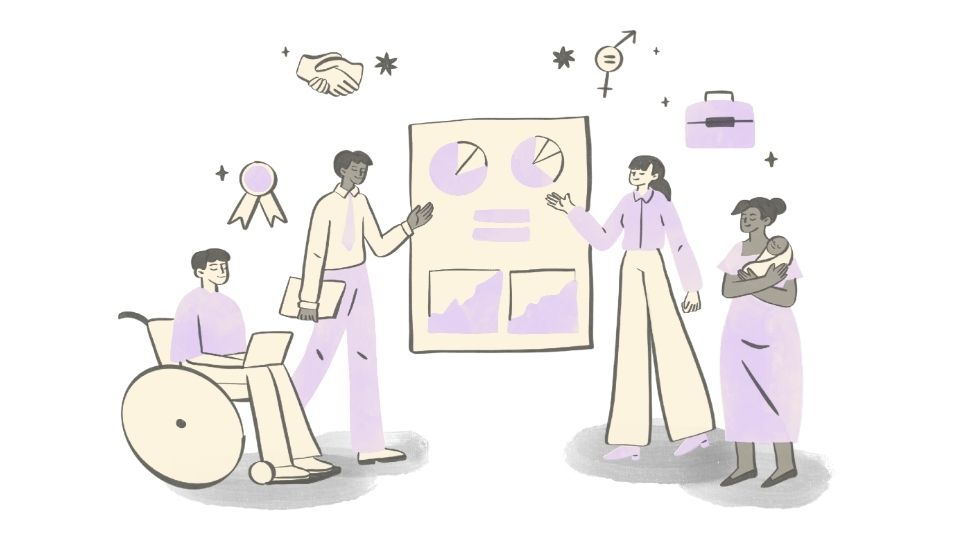
Ever been to a health equity conference that felt like a snoozefest? You know, the kind where you’re bombarded with depressing statistics but leave with zero practical solutions?
Yeah, me too.
But it doesn’t have to be that way! The best health equity conferences balance inspiring talks with hands-on workshops and genuine community engagement. They leave you energized and equipped with actionable strategies to actually reduce health disparities.
So if you’re planning a health equity conference (or just want to know what a good one looks like), here’s your comprehensive blueprint. I’ve analyzed the most successful health equity conferences and distilled their best elements into this guide.
Let’s dive in!
The Ultimate Health Equity Conference Blueprint
1. Opening Session: Setting the Tone
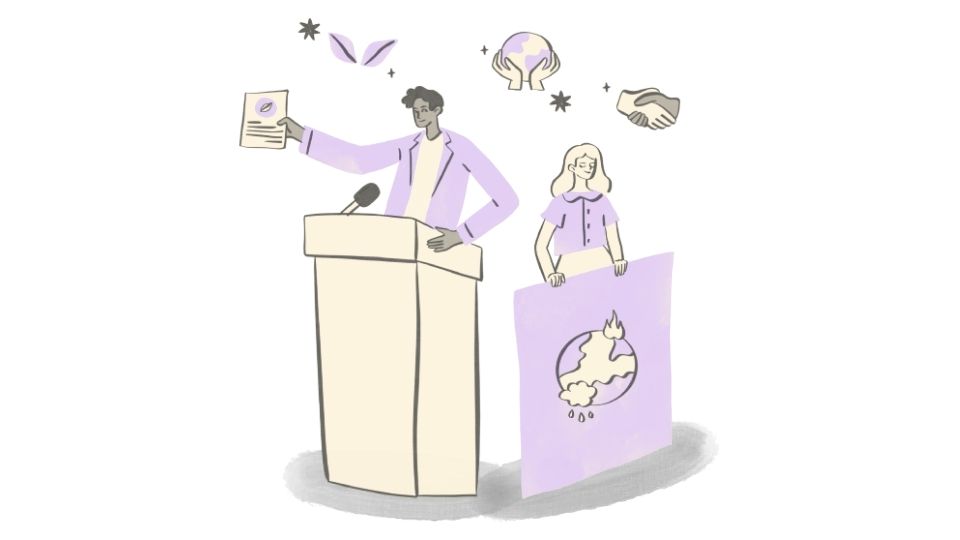
The opening session isn’t just a formality – it’s where you establish the entire vibe of your conference.
What works:
- A welcome that acknowledges both the challenges AND the opportunities in health equity
- Clear framing of the conference theme (like “Building Resilient Health Systems for All”)
- A mix of speakers including both formal leaders and community voices
- A powerful call to action that gets people fired up
What doesn’t:
- Boring organizational updates
- Vague platitudes about “improving health”
- Only featuring executives and officials (where are the community members?)
One awesome example: The Health Equity Summit opens with speakers who spark bold conversations about root causes of disparities, not just symptoms.
2. Keynote Speaker: Make It Memorable
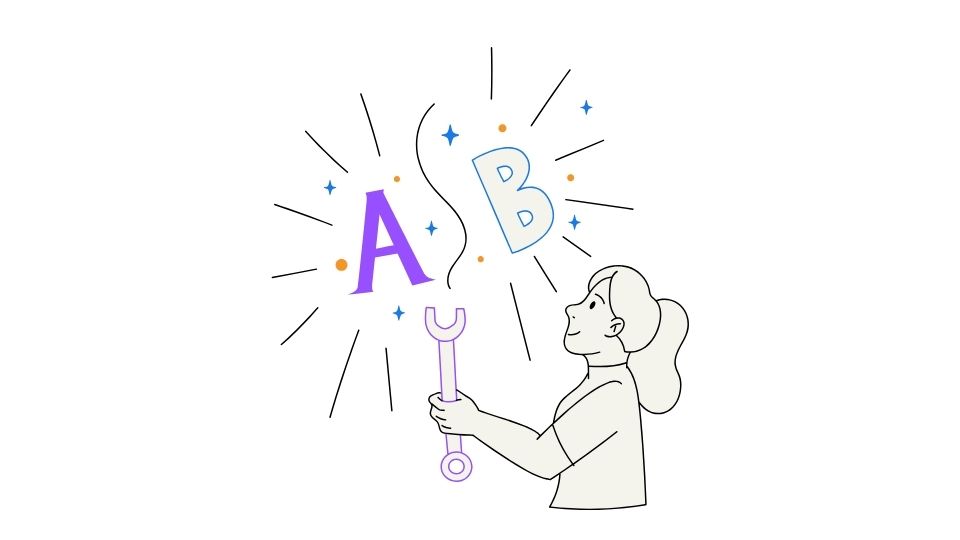
Your keynote speaker can make or break your conference. They need to deliver both inspiration and substance.
The best keynotes:
- Share personal stories that connect emotionally
- Present a compelling vision for what equitable healthcare looks like
- Offer fresh perspectives that challenge conventional thinking
- Balance hard truths with genuine hope
For example, Loretta J. Ross’ keynote at the UVM Health Equity Summit highlighted how “calling in” rather than “calling out” can transform healthcare systems. People were still talking about it months later!
3. Mix of Session Formats
Nobody wants to sit through back-to-back PowerPoint presentations all day. The most engaging conferences use a variety of formats to keep energy high and learning styles diverse.
Great formats to include:
Panel Discussions
Panels work best when they:
- Include diverse perspectives (researchers, clinicians, patients, community advocates)
- Have a skilled moderator who asks tough questions
- Allow sufficient time for audience Q&A
- Focus on solutions, not just problems
The Health Equity Trends Summit does this brilliantly by bringing together government, healthcare, and community leaders to discuss actionable next steps.
Interactive Workshops
The best workshops:
- Provide hands-on practice with tools and frameworks
- Use real-world case studies
- Facilitate peer-to-peer learning
- Result in something tangible participants can take home
For example, workshops on auditing clinical algorithms for racial bias at the Encoding Health Equity Conference give participants practical skills they can immediately apply.
Breakout Sessions
Effective breakout sessions:
- Address specific challenges (like rural health access or maternal health disparities)
- Create safe spaces for honest discussion
- Balance expert guidance with participant knowledge
- End with concrete action steps
4. Center Community and Patient Voices
This is where many conferences fall short, but it’s absolutely critical. Health equity work without community voices isn’t health equity work at all.
How to do it right:
- Integrate community speakers throughout the agenda, not just in a token session
- Compensate community presenters fairly for their expertise
- Use storytelling to humanize data and statistics
- Create space for uncomfortable truths to be shared
One powerful approach: dedicate time for patient storytelling sessions where lived experiences are centered and respected as a form of expertise.
5. Networking That Actually Works
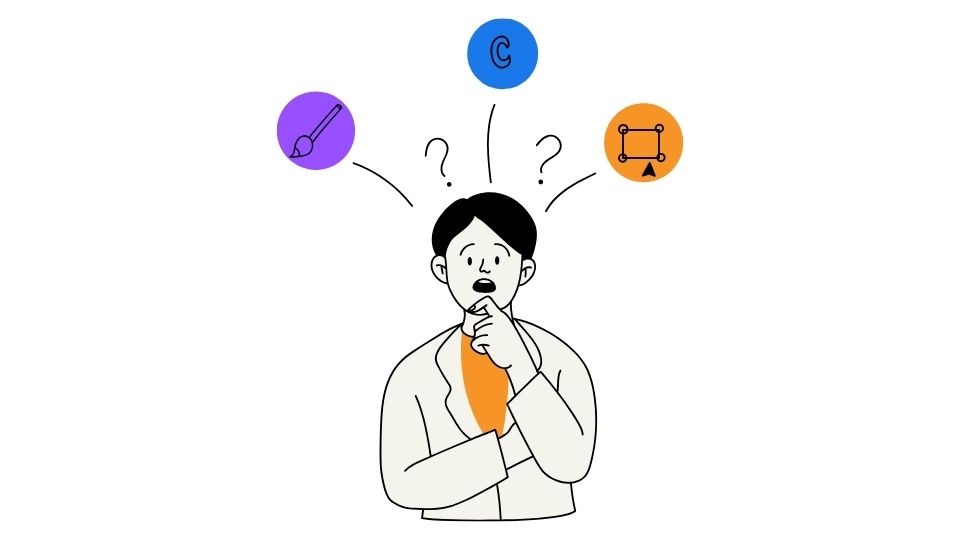
Let’s be honest – standard conference networking can be awkward and unproductive. But with the right structure, networking becomes one of the most valuable parts of your conference.
Effective networking approaches:
- Facilitated roundtable discussions on specific topics
- Speed networking with guiding questions
- Exhibit halls with interactive booths
- Social events with structured conversation starters
The CMS Health Equity Conference has mastered this with their interactive exhibit halls where organizations share their work and forge new partnerships.
6. Closing Session: From Talk to Action
The closing session isn’t just a goodbye – it’s your chance to ensure the conference creates lasting impact.
Elements of a powerful closing:
- Summary of key takeaways from various sessions
- Recognition of commitments made during the conference
- Clear next steps and follow-up opportunities
- An inspiring call to continued action
The best conferences create mechanisms for ongoing connection and collaboration after the event ends, like virtual communities or working groups focused on specific issues.
Sample Agenda Template
Here’s what an effective health equity conference agenda might look like:
Day 1
| Time | Session | Description |
|---|---|---|
| 8:30-9:00 | Registration & Breakfast | Networking and exhibit hall |
| 9:00-9:30 | Welcome & Opening | Setting the stage with diverse voices |
| 9:30-10:30 | Keynote Address | Inspiring talk on transformative equity approaches |
| 10:30-11:15 | Plenary Session | Current health equity frameworks and priorities |
| 11:15-11:30 | Break | Refreshments and networking |
| 11:30-12:45 | Breakout Workshops | Skills-building in different focus areas |
| 12:45-1:45 | Lunch & Poster Session | Research sharing and informal discussions |
| 1:45-3:00 | Community Voices Panel | Centering lived experiences in health equity work |
| 3:00-3:15 | Break | |
| 3:15-4:30 | Implementation Workshops | Practical strategies for reducing disparities |
| 4:30-5:00 | Day 1 Recap | Key learnings and preview of Day 2 |
| 5:00-6:30 | Networking Reception | Facilitated connections and conversations |
Key Success Factors for Your Conference
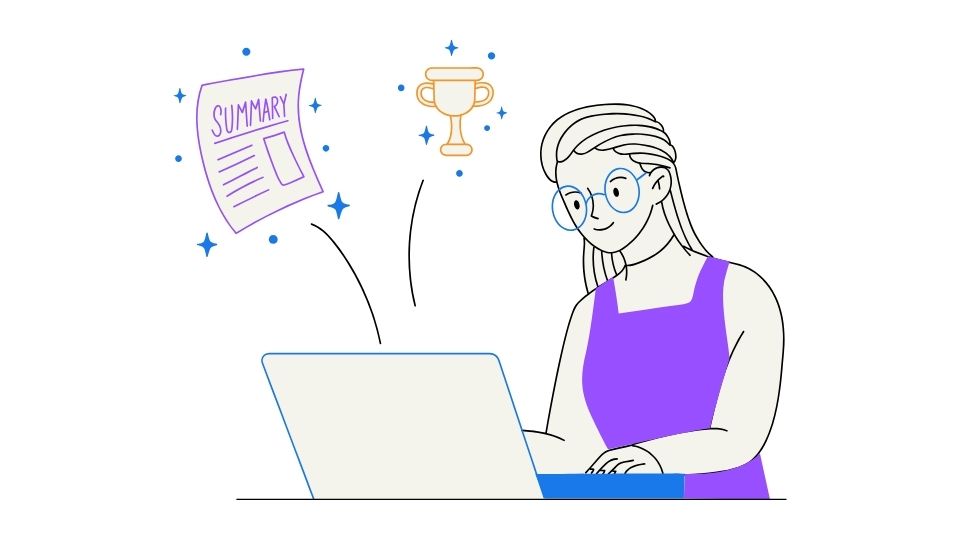
Want your health equity conference to stand out? Focus on these elements:
1. Accessibility Matters
Practice what you preach by making your conference truly accessible:
- Provide language interpretation and translation
- Ensure physical accessibility of all spaces
- Offer scholarships for community members and students
- Consider hybrid options for those who can’t attend in person
2. Balance Data with Stories
The most compelling conferences weave together:
- Rigorous research and evidence
- Personal narratives and experiences
- Case studies of successful interventions
- Practical tools and frameworks
3. Focus on Solutions, Not Just Problems
We all know health disparities exist. The best conferences spend more time on what works to address them.
The American College of Cardiology’s Health Equity Summit excels at this by sharing proven strategies for improving outcomes in cardiovascular care.
4. Create Psychological Safety
Health equity discussions can get uncomfortable. Great conferences:
- Establish ground rules for respectful dialogue
- Acknowledge power dynamics in the room
- Create spaces for affinity groups when needed
- Provide skilled facilitation for difficult conversations
5. Make It Action-Oriented
Every session should end with clear takeaways and next steps. Participants should leave thinking “I know exactly what I’m going to do differently on Monday.”
In summary, the best health equity conferences aren’t just talk shops – they’re catalysts for real change. They bring diverse voices together, share evidence-based solutions, create meaningful connections, and inspire concrete actions.
And isn’t that the whole point? Because ultimately, health equity isn’t achieved through conferences – it’s achieved through the work that happens after everyone goes home.
